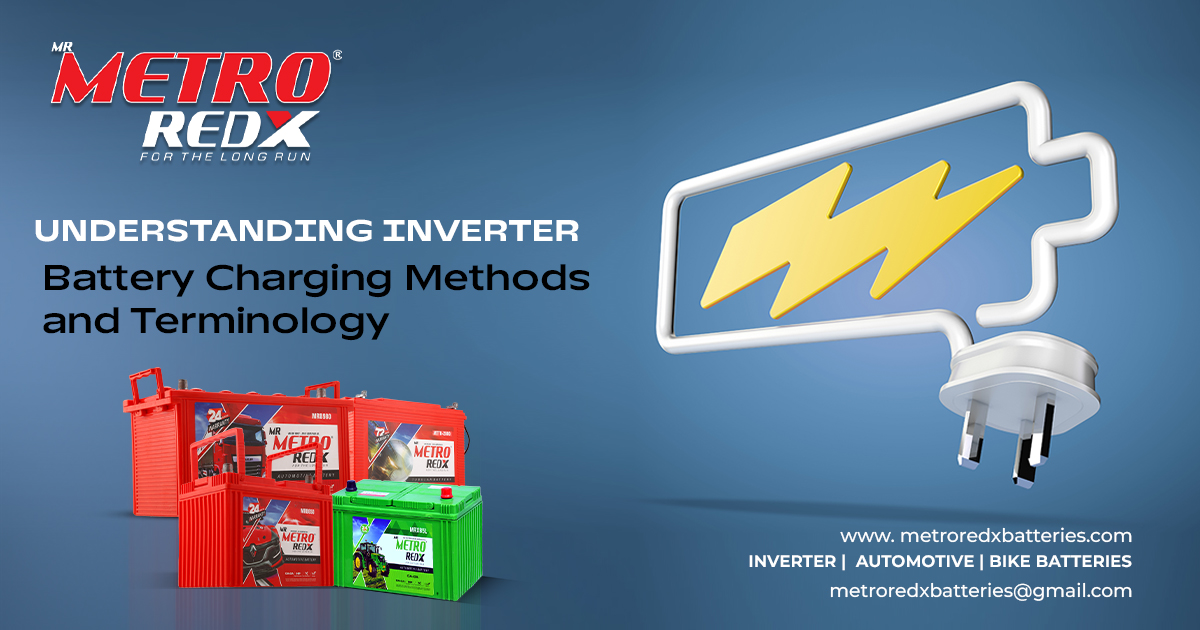When it comes to reliable power backup, the quality of your inverter battery plays a crucial role. Metro Redx tubular inverter batteries are designed to deliver unmatched performance, durability, and efficiency, making them a preferred choice for households, offices, and industries alike. As a trusted Inverter Battery Manufacturer, Metro Redx combines advanced technology with superior materials to provide batteries that guarantee consistent performance under all conditions.
1. Advanced Tubular Technology for Superior Performance
Metro Redx inverter batteries utilize advanced tubular technology, which sets them apart from conventional batteries. This technology ensures:
– Deep Cycle Efficiency: Tubular batteries are designed for deep discharge cycles, making them ideal for prolonged and frequent power outages.
– Enhanced Backup: With high energy efficiency, Metro Redx batteries provide extended backup time, ensuring uninterrupted power supply.
– Longer Lifespan: The tubular design reduces wear and tear on battery plates, resulting in a significantly longer lifespan compared to flat plate batteries.
As a renowned Inverter Battery Manufacturer, we prioritize innovation to meet the evolving needs of our customers.
2. Durability and Reliability
Metro Redx tubular batteries are built to last, offering exceptional durability and reliability even in challenging conditions.
– Corrosion Resistance: The battery plates are designed to resist corrosion, ensuring optimal performance over time.
– Low Maintenance: Our tubular batteries require minimal maintenance, saving you time and effort.
– High Impact Resistance: The robust construction of the battery container prevents damage from mechanical impacts, ensuring longevity.
These features make Metro Redx a trusted name among Inverter Battery Manufacturer, catering to customers who demand quality and consistency.
3. Suitable for All Applications
Metro Redx tubular inverter batteries are versatile and can cater to various applications, including:
– Households: Ideal for powering home appliances, lighting, and entertainment systems during power cuts.
– Offices: Ensures uninterrupted operations for computers, servers, and other essential office equipment.
– Industries: Perfect for heavy-duty applications, offering reliable backup for industrial machinery and processes.
Whether you need a battery for residential, commercial, or industrial use, Metro Redx has you covered.
4. Trusted Brand with Superior After-Sales Support
Metro Redx stands out as a leading Inverter Battery Manufacturer due to our commitment to customer satisfaction.
– Comprehensive Warranty: Our tubular batteries come with a comprehensive warranty, reflecting our confidence in their quality.
– Reliable Support: We offer dedicated customer support to address any queries or concerns, ensuring a hassle-free experience.
– Nationwide Availability: Our batteries are available across the country, backed by a robust distribution network for timely delivery.
When you choose Metro Redx, you’re partnering with a brand that values your trust and prioritizes your needs.
Why Choose Metro Redx as Your Inverter Battery Manufacturer?
1. Innovation: We leverage the latest technology to manufacture tubular batteries that deliver unmatched performance.
2. Quality Assurance: Every battery undergoes rigorous testing to meet industry standards for safety, efficiency, and durability.
3. Customer–Centric Approach: We understand your needs and provide tailored solutions for every application.
4. Competitive Pricing: Our products offer the perfect balance of quality and affordability, ensuring great value for money.
Conclusion
Metro Redx tubular inverter batteries are the perfect solution for anyone seeking reliable, efficient, and long-lasting power backup. With advanced tubular technology, exceptional durability, and eco-friendly features, our batteries stand out as a benchmark in the industry. As a trusted Inverter Battery Manufacturer, we are committed to delivering excellence in every product.
Experience uninterrupted power like never before with Metro Redx tubular inverter batteries. Contact us today to learn more and find the perfect battery for your needs!


